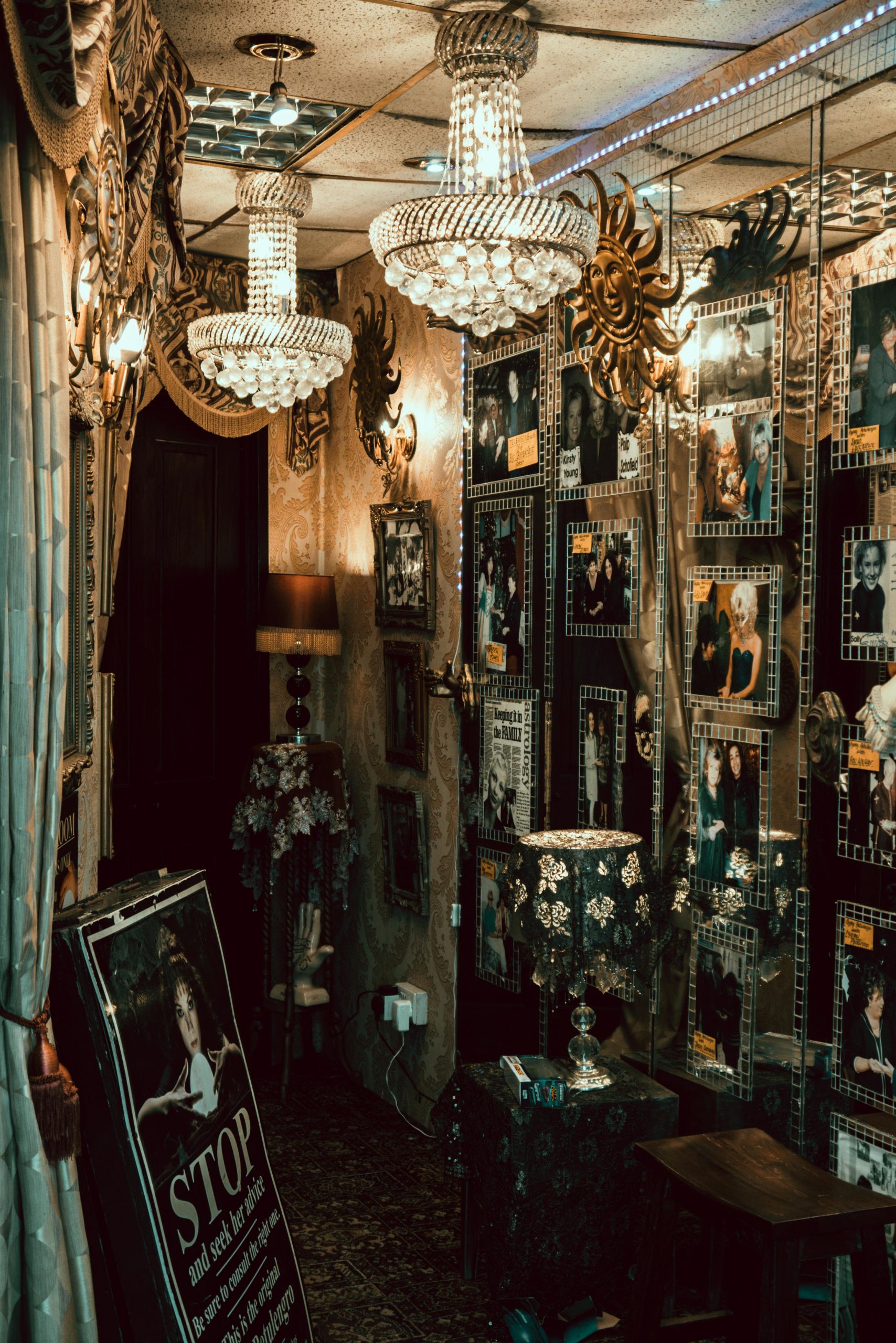Discovering the Hidden Gems of the British Museum: Uncovering the Most Unusual and Obscure Exhibits
The British Museum stands as a global treasure trove of history, art, and culture, attracting millions of visitors each year. While many are drawn to iconic artifacts like the Rosetta Stone or the Elgin Marbles, the museum also houses a vast array of lesser-known objects that are equally fascinating—if not more so—for their quirkiest, most obscure qualities.
An Exciting Quest for Unique Artifacts
As I prepare to visit the British Museum for the first time this August, I am eager to explore beyond the famous landmarks. My curiosity is piqued by items that evoke humor, mystery, or dark fascination—those that offer a glimpse into the eccentricities of ancient societies. Among these are the so-called Complaint Tablet from ancient Mesopotamia, a tangible example of early human grievances etched in clay, and the Egyptian mummies that reveal the fascinating intertwining of death rituals and beliefs.
Seeking Recommendations for the Most Unusual Selections
While the museum’s renowned exhibits are impressive, I’m particularly interested in uncovering the museum’s hidden gems—unique artifacts that stand out due to their bizarre, humorous, or obscure nature. Whether it’s an artifact with a peculiar purpose, an intriguing inscription, or a strange historical context, I want to hear about your favorite peculiar finds.
Share Your Top Obscure or Quirky Artifacts
If you’ve visited the British Museum or have a personal favorite artifact that fits the bill—be it humorous, dark, or simply bizarre—I invite you to share your recommendations. Your suggestions will help me craft a tailored, memorable itinerary that highlights the museum’s most intriguing lesser-known pieces.
Beyond the Popular: Embracing the Museum’s Hidden Depths
While the iconic exhibits like the Rosetta Stone and the Parthenon sculptures are undoubtedly worth seeing, it’s the obscure, peculiar objects that often tell the most captivating stories. These artifacts offer a window into the peculiar practices, beliefs, and humor of ancient civilizations, making them a must-see for any curious visitor seeking a deeper, more personal connection with history.
Conclusion
Embarking on this exploration of the British Museum’s lesser-known treasures promises a journey filled with delightful surprises. So, whether you have a favorite humorous relic, a darkly intriguing artifact, or an obscure object with an unusual story, please share! Together,


London Resident Perspective: Unearthing the British Museum’s Quirkiest Treasures
As a proud Londoner and frequent visitor to the British Museum, I couldn’t agree more with the joy of discovering its lesser-known gems. While the highlights like the Rosetta Stone are undoubtedly impressive, some of the most fascinating artifacts are these obscure and quirky items that truly showcase the diversity of human history.
Here are a few personal favorites and recommendations for anyone interested in exploring the museum’s hidden depths:
As a London local with a keen interest in the British Museum’s lesser-known treasures, I couldn’t agree more about exploring beyond the famous exhibits!
The museum’s obscure collection is genuinely a treasure trove of fascinating stories and quirky artifacts that often go unnoticed. For instance, have you come across the “Fighting Temples” from ancient Egypt? These miniature shrines are remarkably detailed and showcase a bizarre yet captivating aspect of Egyptian religious practices.
Additionally, I recommend seeking out:
Exploring these items can give you a richer understanding of the cultural quirks and human aspects behind the artifacts.